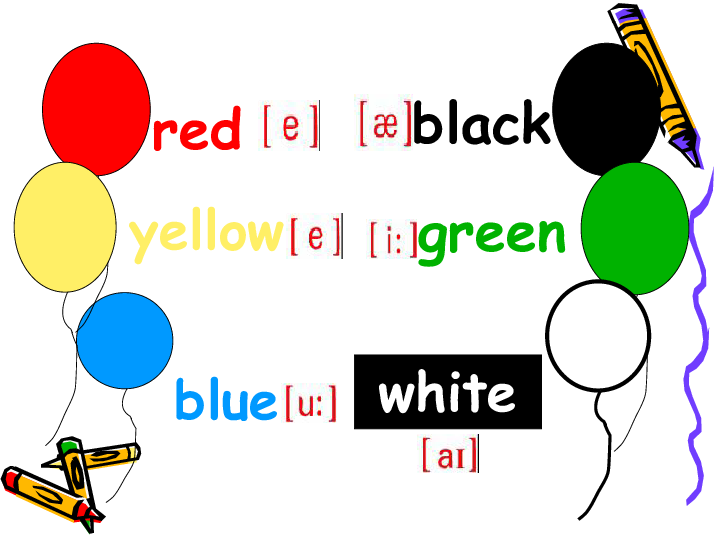What is a Rehabilitation Loan? Unlocking the Secrets to Home Renovation Financing
Guide or Summary:Understanding Rehabilitation LoansThe Benefits of Rehabilitation LoansHow to Qualify for a Rehabilitation LoanSteps to Secure a Rehabilitat……
Guide or Summary:
- Understanding Rehabilitation Loans
- The Benefits of Rehabilitation Loans
- How to Qualify for a Rehabilitation Loan
- Steps to Secure a Rehabilitation Loan
When it comes to homeownership, many individuals find themselves in need of financial assistance for renovations and repairs. This is where the concept of a rehabilitation loan comes into play. But what exactly is a rehabilitation loan, and how can it benefit you? In this detailed guide, we will explore the ins and outs of rehabilitation loans, their advantages, and how to secure one for your home improvement projects.
Understanding Rehabilitation Loans
A rehabilitation loan is a type of financing designed specifically for homeowners looking to purchase or refinance a property that requires significant repairs or renovations. These loans allow borrowers to include the cost of repairs in their mortgage, making it easier to finance home improvements without having to rely on separate personal loans or credit cards.
There are various types of rehabilitation loans available, including the Federal Housing Administration (FHA) 203(k) loan, Fannie Mae's HomeStyle Renovation loan, and VA renovation loans for eligible veterans. Each of these options has its unique features and eligibility requirements, but they all serve the same fundamental purpose: to provide homeowners with the necessary funds to improve their living spaces.
The Benefits of Rehabilitation Loans
One of the most significant advantages of rehabilitation loans is that they allow homeowners to finance both the purchase price of a property and the cost of necessary repairs in one single mortgage. This can simplify the financing process and reduce the overall costs associated with home renovations. Additionally, rehabilitation loans often come with competitive interest rates, making them an attractive option for those looking to invest in their homes.

Another benefit is that these loans can help increase the value of your property. By making necessary repairs and improvements, homeowners can enhance their living conditions and potentially increase the resale value of their homes. This is particularly important in a competitive real estate market, where well-maintained properties tend to sell faster and at higher prices.
How to Qualify for a Rehabilitation Loan
Qualifying for a rehabilitation loan typically involves meeting certain criteria. Lenders will assess your credit score, income, and debt-to-income ratio to determine your eligibility. It’s essential to maintain a good credit score and demonstrate a stable income to improve your chances of securing favorable loan terms.
In addition to personal financial qualifications, the property itself must meet certain standards. Lenders will often require a home inspection to identify necessary repairs and ensure that the property meets safety and livability standards. This is where the expertise of a qualified contractor can come in handy, as they can provide estimates for the required renovations and help you navigate the loan application process.
Steps to Secure a Rehabilitation Loan
1. **Research Your Options**: Begin by exploring different types of rehabilitation loans and identifying which one best suits your needs. Consider factors such as loan limits, eligibility criteria, and interest rates.

2. **Get Pre-Approved**: Before you start shopping for a home or planning renovations, seek pre-approval from a lender. This will give you a clear understanding of how much you can borrow and streamline the financing process.
3. **Find a Qualified Contractor**: If you’re purchasing a fixer-upper, it’s crucial to work with a contractor who can provide accurate estimates for the necessary repairs. This information will be vital when applying for your rehabilitation loan.
4. **Submit Your Application**: Once you have all the necessary documentation, submit your loan application. Be prepared to provide details about your financial situation, the property, and the planned renovations.
5. **Close the Loan**: After your application is approved, you’ll move towards closing the loan. This process may involve additional inspections and paperwork, but once completed, you’ll have access to the funds needed for your home improvements.

In conclusion, understanding what a rehabilitation loan is and how it can benefit you is essential for any homeowner looking to invest in their property. With the right knowledge and preparation, you can unlock the potential of your home and turn it into the space of your dreams. Whether you’re looking to make minor repairs or undertake a complete renovation, rehabilitation loans can provide the financial support you need to achieve your goals.